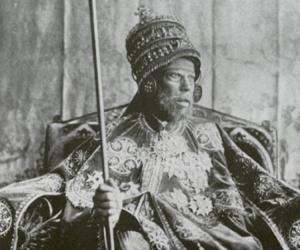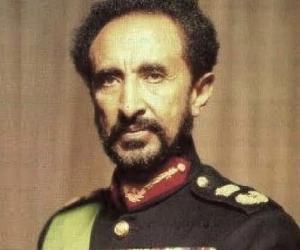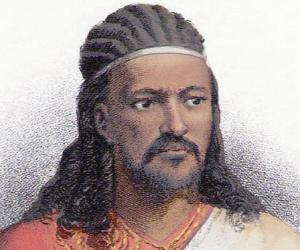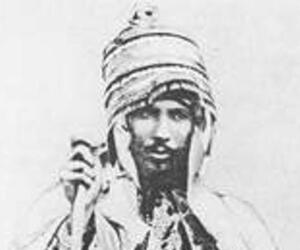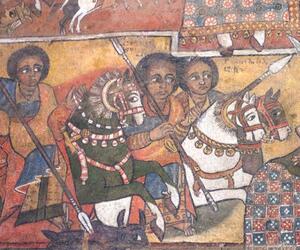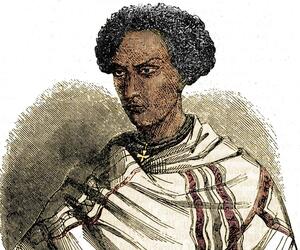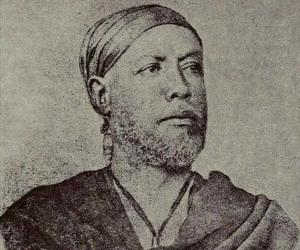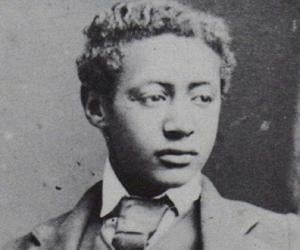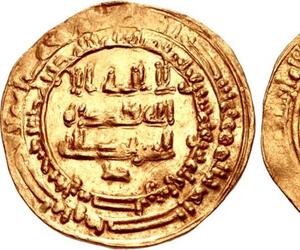1
Menelik II
(Emperor of Ethiopia from 1889 to 1913)
Birthdate: August 17, 1844
Sun Sign: Leo
Birthplace: Angolalla Tera
Died: December 12, 1913
Menelik II was a transformative leader who significantly modernized the Ethiopian Empire during his reign. He successfully completed the process of territorial expansion and establishment of a modern empire-state by 1898. He led Ethiopian troops to victory against Italian invaders in the First Italo-Ethiopian War, securing recognition of Ethiopia's independence and delineation of boundaries. Menelik expanded his realm into various kingdoms and established the first Cabinet of Ministers to aid in the administration of the Empire, ensuring continuity in governance beyond his own reign.
